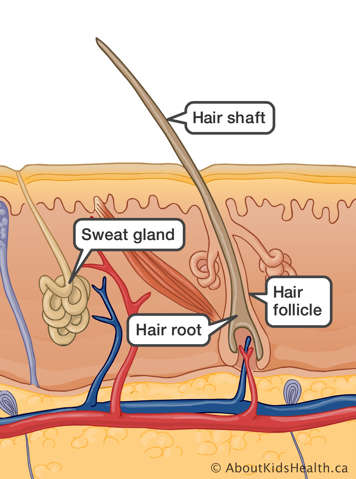Medical treatment for alopecia areata
Your doctor may decide not to give your child any treatment for alopecia areata at first. Sometimes the hair can grow back by itself. A "wait and see" approach may be the best option.
Most smaller, single patches of alopecia have a good chance to grow again with treatment. New patches may develop over a period of weeks to months. Even with good response to treatment, though, the hair may fall out again after a period of re-growth at first.
Other treatments may help treat the bald patches that exist but cannot prevent new ones from forming. Some of these treatments include:
- Steroid cream on the bald patches
- Corticosteroid injections between the layers of the skin. These are also called intradermal injections. They help suppress the immune system. This works to stop the body from attacking the hair follicles. They also reduce swelling.
- Contact sensitizers are drugs that lead to an allergic reaction. This leads to hair growth. This drug is often diphenylcyclopropenone (diphencyprone) or DPCP.
Alopecia universalis does not respond as well to medical treatment.

